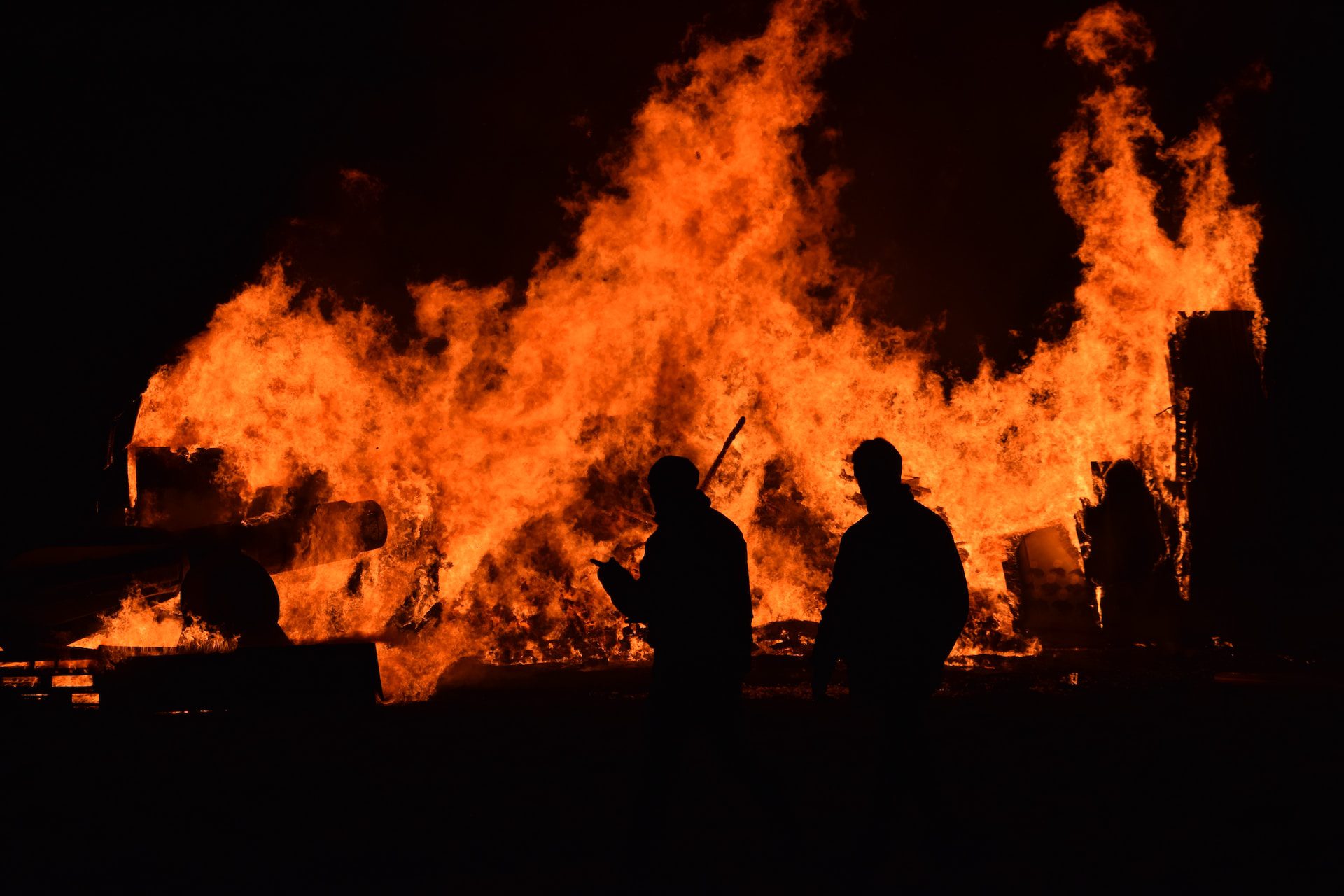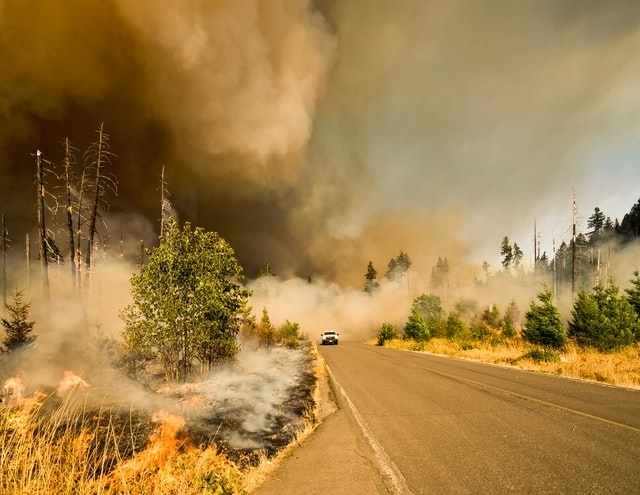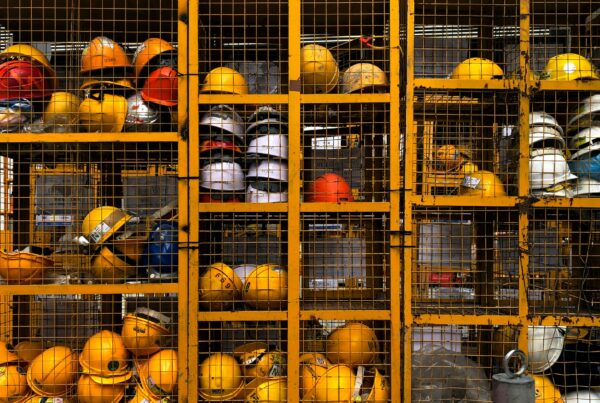
Hello AGENT2000 customers:
We hope all of you are staying safe and healthy.
Since we are now in the middle of fire season, we would like to offer a few helpful tips, in case of an emergency.
Make sure you prepare your home for a natural disaster.
- A defensible space of 100 feet around your home is required by law. Clear an area of 30 feet immediately surrounding your home of flammable vegetation. Trim all trees that overhang the house, porch or deck. Reduce fuel in the remaining 70 feet or to the property line of your home. Create horizontal and vertical spacing between plants. Trim trees up 6 to 10 feet from the ground.
- Decks and porches: Never store flammable materials on or underneath decks or porches. Remove dead vegetation from deck boards.
- Roof- Class A fire rated roofing material offer the best protection- Examples include Composite shingles, metal, concrete and clay tiles. Inspect the roof and replace any missing or broken shingles or tiles Keep debris off the roof.
- Emergency responders’ access. Make sure your home and neighborhood have legible and clearly marked street names and numbers. Driveways should be at least 12 feet wide with a vertical clearance of 15 feet for emergency vehicle access.
- Take pictures of items inside of your home especially expensive items and keep photos in a fire-proof safe or on a digital file. This will help you remember the items if you need to make a list for an insurance claim.
For more information on how to protect your home and property visit www.firewise.org
Preparing the residents and pets for an emergency evacuation.
- Have a plan for residence and pets and practice the plan. Have a pre-designated meeting place.
- Stock an emergency kit for household members and pets. Have supplies for 7 days for each household member and pet including any medications. If you work away from the home have an emergency kit with supplies in your car in case you cannot make it home.
- Sign up for emergency alerts.
- Protect important documents by putting them in a fireproof safe and/or create a digital copy of the documents.
If you must evacuate:
- If ordered to evacuate do so immediately. If you cannot get out call 911
- Take your emergency kit with you when evacuating.
- Fill your sinks and bathtubs with cold water.
- Lock all doors and shut all windows.
- Know where the evacuation center is and different routes to get there.
- Return home only when told by the local authorities that it is safe to do so.
To report a claim:
- Call your insurance company as soon as you are safe.
- The claims adjuster will contact you as soon as possible.
- Advanced payments are available to assist you and your family with extra expenses. The advanced payments will be subtracted out of the total claim’s payment for your loss.
- If your home is a total loss contact your agent to discuss reducing coverage temporarily.
- If you are unable to return to your home, save your reasonable living expense receipts for the adjuster to review and discuss coverage for Loss of Use.
- Create your list of items destroyed in the home.
- When you can return home, do not discard any items until your adjuster is able to investigate the loss. Begin making a list of lost items and gather photos and proof of ownership documentation for the lost items. Any videos and documentations should be provided to the claims adjuster.
- Be prepared if your home is a total loss the claims process can take 18 to 36 months.
- You will want to work with your adjuster when deciding on rebuilding or buying a new home.
- If you have any questions during the insurance process the adjuster is the best contact to discuss the next steps in the insurance process.




